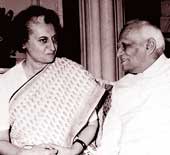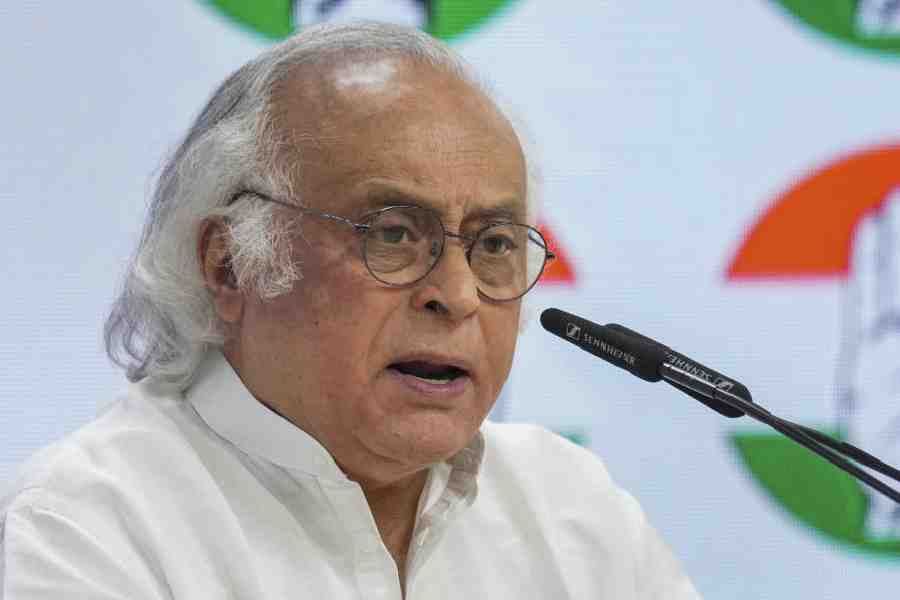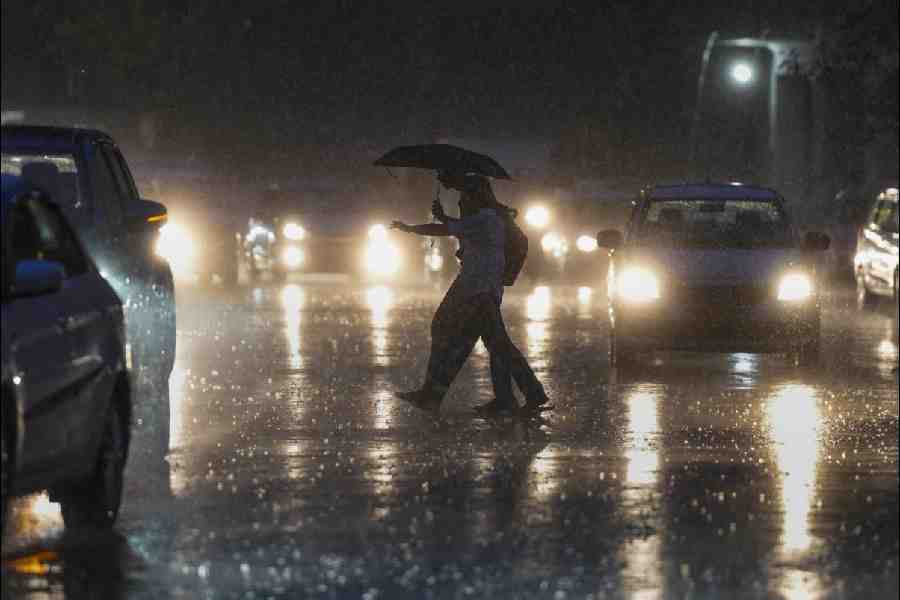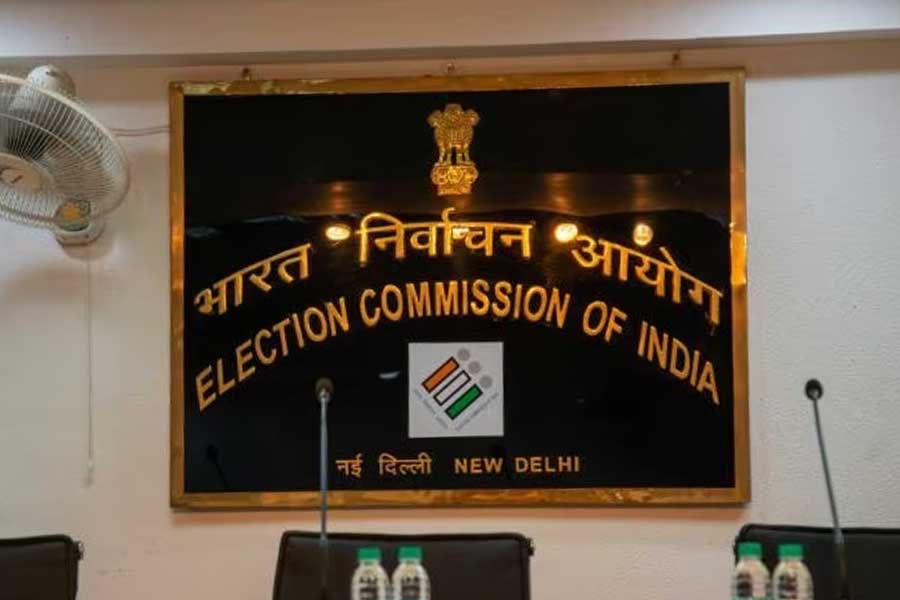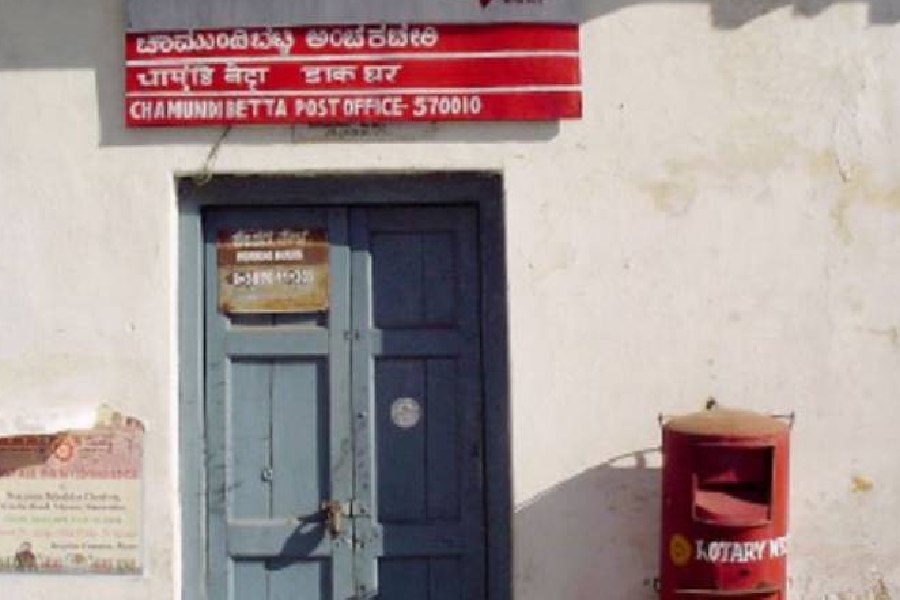|
|
Jagadish Chandra Bose had asked river Bhagirathi, “Oh river, where are you coming from?” In the past hundred years or so the situation with our rivers has changed in such fundamental ways that if Bose had met the river of today, he would surely ask, “Oh river, why are you getting thinner and thinner with time?” or “Oh river, how come your water is so filthy?” This situation exemplifies the double standard with which we address our water systems, as much as other elements of the natural environment. As part of our national anthem, the rivers Ganga and Yamuna are given ritualized tributes every day all over the country, as much the other anthem, Vande Mataram, starts with sujalang, meaning “well-watered”. Indeed, water of good quality is difficult to find in India, even in sealed bottles of reputed companies.
Notwithstanding what is written in these anthems, the reality indicates that as a people and as a country, we have taken our rivers as a stock of water to be diverted away from the mainstream and used. We have also taken the rivers for granted as the silent recipient of all the liquid wastes of millions of people and of an industrial sector growing at double-digit rates. The rituals of paying tribute to the rivers, nevertheless, continue unabated with the celebrations of Makar Sankranti, Ganga Dasohara, Chhat, and so on. The big guns among these, like the Ardha-Kumbhas and Purna Kumbhas, get celebrated in special years and with greater hullabaloo, without any recognition of the fact that the rivers are close to death in quality or quantity.
In various inter-governmental documents, the impending crisis in water resources in the world has been mentioned. The recent Report of the Intergovernmental Panel on Climate Change makes the scenario bleak. In recognition of the urgency, the decade of 2005-2014 has been marked for international action on Water for Life. In the years after independence, the country has invested great amounts in engineering projects for storing and diverting water from the rivers. In the early stages, these projects greatly helped in our fight against hunger. However, that does not mean a permanent green signal for the complete draining out of rivers. The recent initiation of a gigantic project on interlinking of rivers with several large dams and 12,500 kilometres of canals is an example to be concerned about. Before starting on such larger projects, no serious thought has been given to assess whether there is a crisis in the physical availability of water or in our ways of managing and using this critical natural product.
If the annual average precipitation is considered, India is not a country with scarce water resources. With an annual precipitation of about 4000 cubic km over India, it receives about 4 per cent of the global precipitation on 2.45 per cent of the Earth’s land area. This image changes drastically when per capita water availability is considered. For about 16 per cent of the world’s population, this precipitation is inadequate. Upward changes in the per capita consumption associated with a resource-intensive urban lifestyle have further added to the challenge. The annual per capita availability in India has declined from around 5,177 cu m in 1951 to 1,869 cu m in 2001. This is simple arithmetic and no nature’s fury.
India’s irrigation potential has increased from below 20 million hectare in 1947 to 104 million ha by 2000. The water for irrigation has come from the diversion of flowing rivers and over-extraction of groundwater. The most direct manifestation of the emerging water scarcity is visible in the rivers, lakes or wells going dry when they should not. The total amount of water available to a river is unchanged. If a part of it is taken out, say from Ganga in Haridwar, that amount needs to be deducted from the flow at Farakka.
The cumulative impact of many such transfers would reduce a mighty river to a small trickle. Instances of rivers or lakes getting lost along their courses or depleted by diversion of flows are available all over the world, as in the case of Hwang Ho, Indus, Aral Sea, Jordan, Rio Grande, and so on. In India, most rivers have reached this stage of human-engineered disappearance during the lean season. The disappearance of groundwater takes place less visually and by private hands.
How India, as a country, addresses this challenge of evolving a more equitable and ecologically informed way of water management will be crucial in the shaping of its social and economic future. Governmental preoccupation with structural management of rivers, or political unwillingness to limit overuse of groundwater, will make things difficult for all.
As water becomes increasingly scarce in India, there will naturally be attempts by stakeholders to gain greater control over it — rivers, lakes and groundwater — by means fair or foul. With the double-digit growth rate of the gross domestic product becoming the only pursuit of the government and the rich, anarchy over access to water resources is not unexpected in the years to come. It is here that the rivers, lakes and the groundwater run the risk of being hijacked, unless a clear public-interest-oriented management framework is put in place right now. As in the case of the acquisition of land, there will surely be attempts by vested interests to have increasing control over water, creating potential for conflicts. Instances of the public mobilization against soft-drink companies using up local drinking-water resources or industries pumping out water from agricultural uses are indicators of the future problems.
It is no surprise that corporates and ministers from the industrially emerging areas in Gujarat, Maharashtra, Karnataka and Tamil Nadu are pressing for the much debated interlinking of rivers (ILR) for transfer of water from the so-called “surplus basins” of eastern India all the way to the so-called “deficit basins” of Kaveri in Tamil Nadu and Sabarmati in Gujarat. Unlike for land, there is no Acquisition Act left by the colonial rulers. So water needs to be transferred by pushing through projects like the ILR. The transfer is very much in the agenda of the powers-that-be, and once this transfer is achieved, there will be no way of looking any other way. The prior appropriation principle for water-use continues a set of highly inefficient water-use practices. However, the corporate social irresponsibility in managing rivers is exemplified by the news item “A river gone private is drying up” in The Indian Express (New Delhi), January 28, 2007.
When the traditional engineering vision of hydrology is replaced by a comprehensive eco-hydrological viewpoint, the outflow of a river to the sea does no more appear to be a ‘waste’. In the United States of America today, the country where the global trend of obstructing the river flows with concrete dams was born, “there is a new trend to take out or decommission dams...Nearly 500 dams in the USA and elsewhere have already been removed and the movement towards river restoration is accelerating”. It is time that the management of our rivers and lakes is made more scientific and comprehensive.
It is natural that people in the drier areas need water from the areas receiving greater precipitation. However, this equity is valid in the case of domestic water-supplies only, and the amount of water needed for this purpose is really small. However, water need not be transferred over thousands of kilometres at great costs to produce paddy in the desert. We should be perpetually alert that rivers are not used to corner water for private profit while the basic water-needs of the poor are unmet, or the public is duped into making great economic investments that would serve private interests, or the ecosystem services of the rivers are compromised. The democratization of all water-related decision-making processes is a national priority. Let us not reach the stage in our country in which the Jagadish Boses of the future will have to ask, “Oh river, where have you got lost?”.

